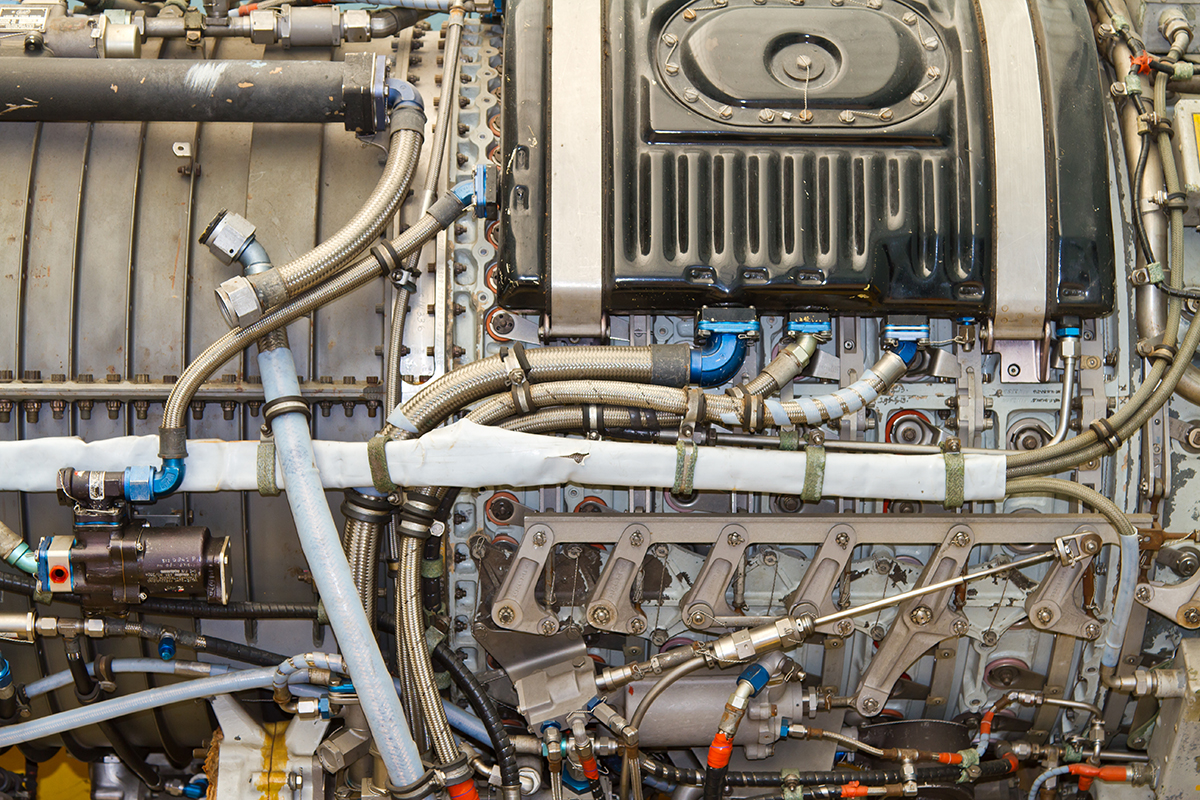Plating for polymer AM parts
 Having worked closely with some of our industry partners over the last few years, we have developed a ‘metallised’ plating process (also known as metal deposition) for our Nylon and Glass Filled Nylon parts. This greatly enhances their functionality and strength, allowing them to be used in environments and within industry sectors that non-plated parts would struggle to compete in, enabling additive manufacturing to be used in more crucial applications than previously envisaged.
Having worked closely with some of our industry partners over the last few years, we have developed a ‘metallised’ plating process (also known as metal deposition) for our Nylon and Glass Filled Nylon parts. This greatly enhances their functionality and strength, allowing them to be used in environments and within industry sectors that non-plated parts would struggle to compete in, enabling additive manufacturing to be used in more crucial applications than previously envisaged.
The mechanical properties of our Nylon and Glass Filled Nylon part have significant benefits of their own and are widely recognised as the materials of choice when a higher degree of performance is required. However, the plating process adds a higher level of stiffness and rigidity, as well as conductivity, electrical compliance in terms of EM or RF shielding and a considerably higher heat deflection temperature.
The plating process commences with a layer of copper being deposited and encasing the surface of the Nylon or Glass Filled Nylon component. A variety of metals can then be deposited onto the copper layer, including various finishes of nickel and chrome, or precious metals such as gold and silver.
Total layer thicknesses can be as much as 1000 microns, but the standard is usually approx. 100 microns. For instance, an average RF shield or EM coating is generally approx. 80 microns of copper and 20 microns of nickel. At approx. 150 micron surface layering, performance in terms of tensile strength increases by about nine times that of the standard Nylon material.
Due to the layer based nature of the additive manufacturing process, the surface texture of the plating will always replicate the surface finish of the original substrate. Although this layered effect can be reduced prior to plating using various in-house techniques such as vibro finishing, the plating process can’t deliver a mirror finish.
Plating is a time based process which can take a few days to reach the required thickness. Although there are methods available to produce constant layer thickness, it should be considered that with some component geometries such as deep holes or undercuts, the depth of the plating will vary considerably.

